Environmental scanning electron microscope
The Thermo Scientific Prisma E Scanning Electron Microscope (SEM) combines a wide array of imaging and analytical modalities with advanced automation to offer the most complete solution of any instrument in its class. It is ideal for industrial research and development, quality control, and failure analysis applications that require high resolution, sample flexibility and an easy-to-use operator interface. The Prisma E SEM succeeds the highly successful Thermo Scientific Quanta SEM.
ESEM with EDS
The unique combination of accessible all-round performance, a large set of accessories, and the most intuitive elemental analysis with Thermo Scientific ColorSEM make the Prisma E SEM the go-to SEM for micro-scale imaging and analysis in any industry or field.
Elemental information at your fingertips
Live composition-based image coloring for intuitive elemental analysis with optional ChemiSEM Technology and integrated energy-dispersive X-ray spectroscopy (EDS). Speed up your work and obtain the most complete sample information with always-on analysis.
Excellent image quality
Excellent image quality at low kV and low vacuum thanks to flexible vacuum modes, including through-the-lens differential pumping. Simultaneous secondary electron (SE) and backscattered electron (BSE) imaging in every mode of operation.
Minimize sample preparation time
Low vacuum and ESEM capability enable charge-free imaging and analysis of nonconductive and/or hydrated specimens.
In-situ study of materials in their natural state
With the Prisma E SEM’s environmental SEM (ESEM) mode, samples can be imaged even if they are hot, dirty, outgassing or wet.
Excellent analytical capabilities
Excellent analytical capabilities with a chamber that allows 3 simultaneous EDS detectors, EDS ports that are 180° opposite, wavelength-dispersive spectroscopy (WDS), coplanar EDS/EBSD and high-quality charge-free EDS and EBSD in low vacuum.
Easy to use
Easy to use, intuitive software with user guidance and undo functionality makes highly effective operation possible for novice users, while enabling experts to do their work faster and with fewer mouse clicks.
Process control using electron microscopy
Modern industry demands high throughput with superior quality, a balance that is maintained through robust process control. SEM and TEM tools with dedicated automation software provide rapid, multi-scale information for process monitoring and improvement.
Quality control and failure analysis
Quality control and assurance are essential in modern industry. We offer a range of EM and spectroscopy tools for multi-scale and multi-modal analysis of defects, allowing you to make reliable and informed decisions for process control and improvement.
Fundamental Materials Research
Novel materials are investigated at increasingly smaller scales for maximum control of their physical and chemical properties. Electron microscopy provides researchers with key insight into a wide variety of material characteristics at the micro- to nano-scale.
Semiconductor research and development
The increasing complexity of semiconductor device structures, along with the shrinking of structural dimensions, means that designing next-generation devices is more challenging and time-consuming than ever before. This, coupled with the fact that the number of technology and design options available is increasing, means a lower probability that any particular design will be commercially successful. As a result, device manufacturers need reliable tools for pathfinding that reduce the number of viable options available and help them implement solutions faster.
Semiconductor metrology
Thermo Fisher Scientific offers a suite of next-generation products with advanced analytical capabilities for semiconductor metrology and inspection. These solutions are designed to help increase productivity in semiconductor fabrication labs by improving quality control and yield in the manufacture of logic, 3D NAND, DRAM, analog, power and display devices.
Semiconductor Failure Analysis
Advanced analytical tools are essential for the detection of any electrical defects that can negatively influence yield, reliability, or performance. With the right equipment, the time and cost associated with electrical fault isolation can be reduced by quickly extracting comprehensive defect data from the sample.
Semiconductor materials characterization
Advanced characterization of these devices can help you deliver on necessary performance, predict and control structural, physical, and chemical properties, as well as correlate your characterization data to parametric test results.
Energy dispersive X-ray spectroscopy for materials characterization.
Studying materials in real-world conditions often involves working at high temperatures. The behavior of materials as they recrystallize, melt, deform, or react in the presence of heat can be studied in situ with scanning electron microscopy or DualBeam tools.
Environmental SEM allows materials to be imaged in their native state. This is ideally suited for academic and industrial researchers who need to test and analyze samples that are wet, dirty, reactive, outgassing or otherwise not vacuum compatible.
Particle analysis plays a vital role in nanomaterials research and quality control. The nanometer-scale resolution and superior imaging of electron microscopy can be combined with specialized software for rapid characterization of powders and particles.

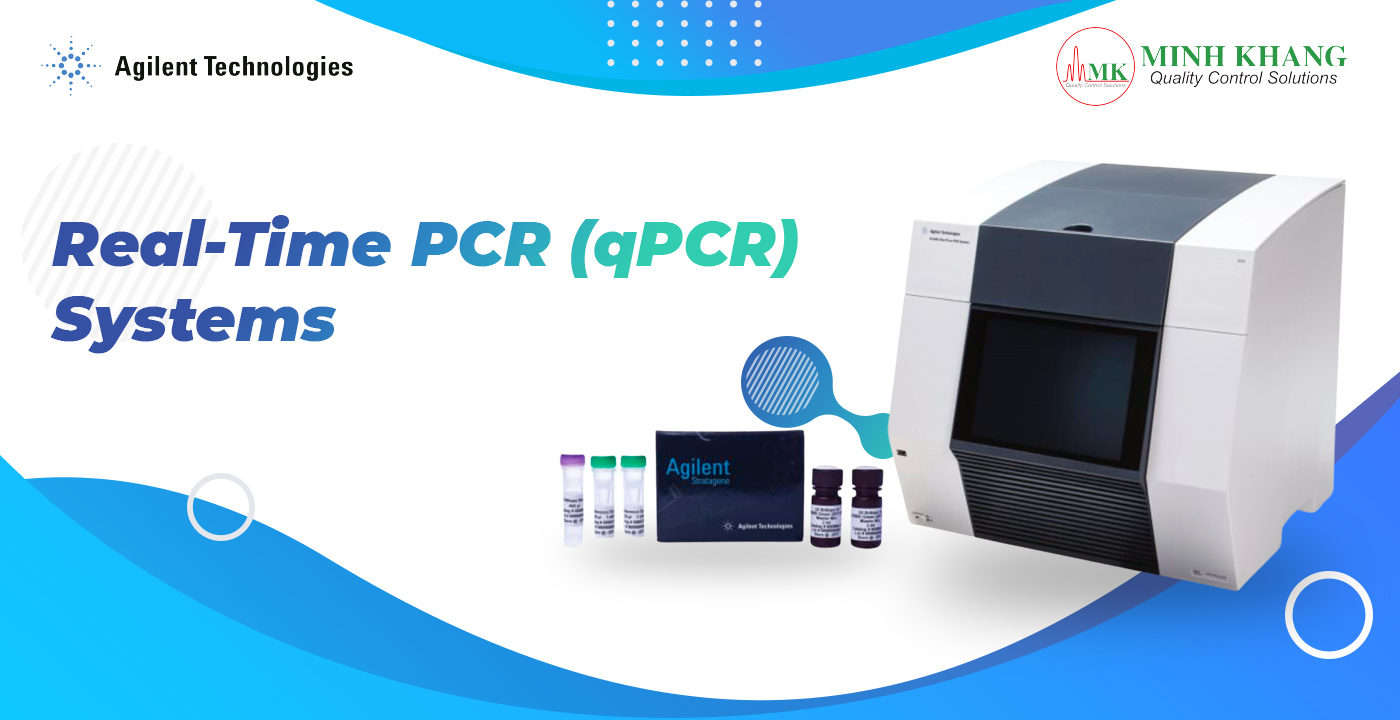

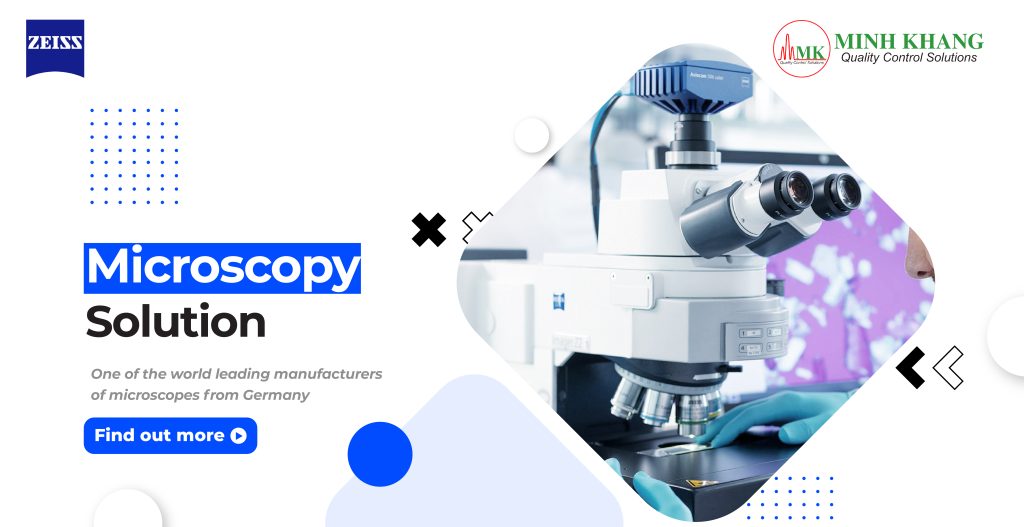
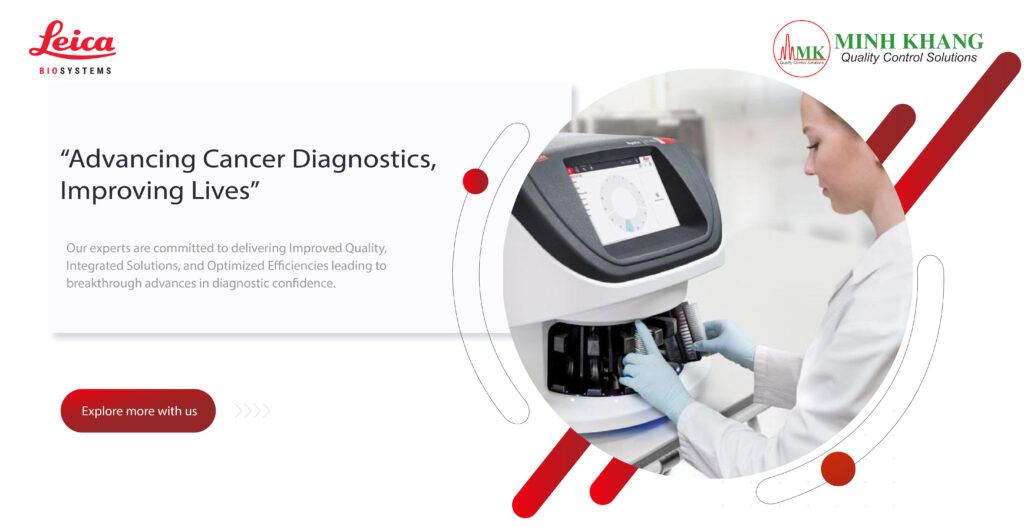
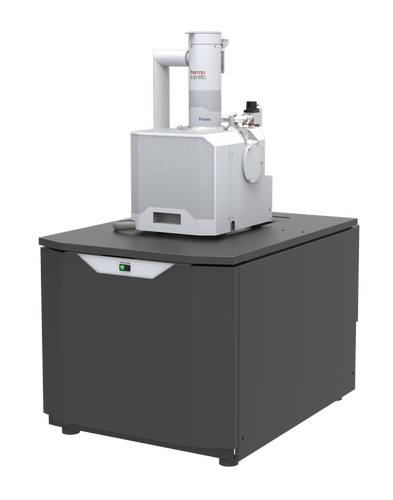



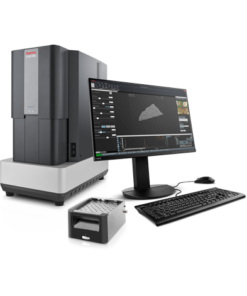
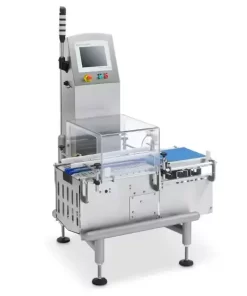

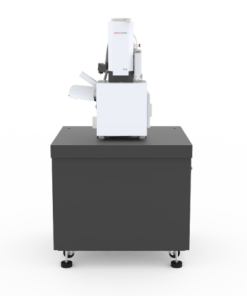

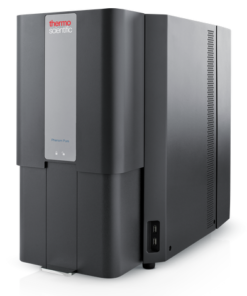
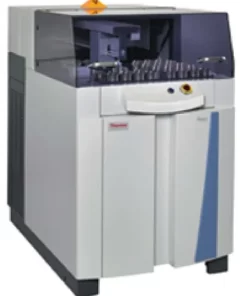
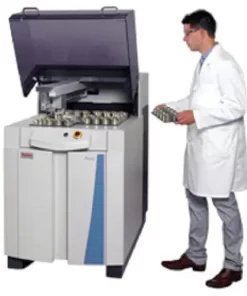
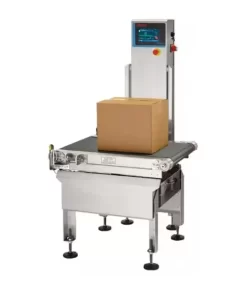



 VI
VI